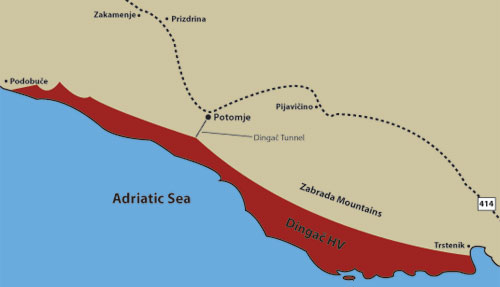
For those who enjoy digging a bit deeper on wines, the following terms will be rather familiar to you: AOC, AVA, DO, and DOC. These are of course controlled wine regions in France, the US, Spain, and Italy. Overall, they work rather well to certify that a wine is from the region that it claims to be. Yes, they have their flaws (especially the American AVA system which is something of a mess currently) but if nothing else, they’re a good starting point.
I will posit that it’s actually problematic not to have region certifications in a country as it can lead to large-production wine that’s cheaper to make and blend from multiple regions as opposed to having small, craft wine from specific regions. This is why a countries like Croatia and Bosnia & Herzegovina are at something of a crucial point. They still have their small wineries, but with the current domestic and international economic factors, one has to wonder, “For how long?”
While the European Union PDO might be of use to Croatia when they join 2013, it lacks the granularity of their own, domestic wine region system and it certainly won’t help Bosnia & Herzegovina which many put at entering the EU in 10-20 years.
I’ve pored over the 2003 Zakon o Vinu (Croatian Wine Act) that established a great many elements to Croatian wine, but it didn’t go terribly far in establishing a system like the French AOC or Spanish DO. But, among all the talk of “vinogradi” (wineries) and “vinogradara” (winegrowers) there are “vinogorje”. This term literally means “wine hills” in Croatian and while it doesn’t hold any legal bearing the way DO Empordà does, it’s a pretty decent start and we’ll be using the term “Hrvatsko vinogorje” (HV) to describe such areas as Dingač HV or Postup HV. Who knows, maybe down the road we’ll have an official a system to fit in with how the rest of the EU, US, and other great wine areas in the world do it.
If anything, it helps to distinguish between Dingač HV the growing region and Vinarija Dingač the winery.
We talk more about the Hrvatsko vinogorje, Dingač & Postup regions, as well as provide maps in our Dalmatia enotourism guide.